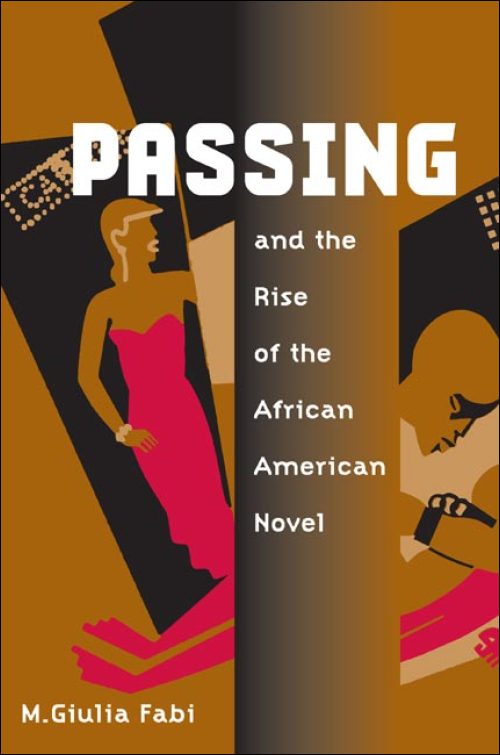Race and Ethnicity in “The Autobiography of an Ex-Colored Man” and “The Rise of David Levinsky”: The Performative Difference
MELUS
Volume 29, Numbers 3/4, (Autumn-Winter, 2004), Pedagody, Canon, Context: Toward a Redefinition of Ethnic
American Literary Studies
pages 307-321
Catherine Rottenberg, Assistant Professor
Department of Foreign Literatures and Linguistics and the Gender Studies Program
Ben-Gurion University, Beer-Sheva, Israel
Contemporary critics have questioned the reliance on the blac-white binary as the defining paradigm of racial formation in the United States. Eric Goldstein contends that despite the black-white dichotomy’s power “it was never a sufficient framework for understanding the much more complex set of categories through which Progressive-Era Americans understood and spoke about race” (398). Susan Koshy warns us of the dangers of leaving “the intermediary racial groups” untheorized (159). Racialization has indeed been a complex and uneven process in the US, and the black-white divide is insufficient for explaining how racial categories have operated on the level of social practices. However, I argue that the very intelligibility of intermediary racial groups and ethnicity depends on the prior construction of the black-white binary. In effect, the black-white axis has operated to secure the tenuousness of race to a framework of stable boundaries, which in turn has provided the necessary grounding for the ideology of white supremacy (Wiegman 9).
In what follows I examine two seminal novels from the Progressive Era: Abraham Cahan’s The Rise of David Levinsky (1917) and James Weldon Johnson’s The Autobiography of an Ex-Colored Man (1912). These texts, now canonical within Jewish American and African American literary traditions respectively, were written just a few years apart. Both novels explicitly query what it means “to be American,” and they do so by exploring how “race” affects one’s chances of success in the Progressive Era US. Werner Sollors sums up the similarities between the two novels in the following way: “Both books depict the externally upward journeys of protagonists from poverty to material success, from ethnic marginality to a more ‘American’ identity, and from a small-town background to the urban environment of New York” (170).
While Sollors underscores the affinities between the two novels, I highlight the differences by juxtaposing specific scenes from each text, scenes that have certainn arrativea nd structurals imilarities. I examine the distinctive modalities of race and ethnicity as manifested in these Progressive Era texts, arguing that the texts reveal three aspects of racial discourse in the United States. First, racial discourse has largely evolved around an ideology of a binary opposition: the black-white divide. Second, racial discourse has created a very patent racial stratification; while black and white have, for the most part, served as the reference points and the defining terms, there have been “intermediary” racial groups. Third, the constructions of race and ethnicity have had very different historical trajectories in the US context. The texts, in sum, gesture toward both the historical difference between the racialized status of African Americans and the racial in-betweenness of other minority groups, as well as the way in which the black-white divide informs the construction of these in-between groups…
Read the entire article here.
